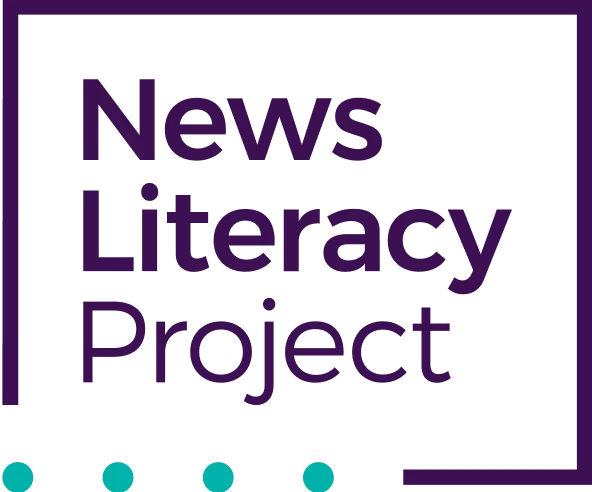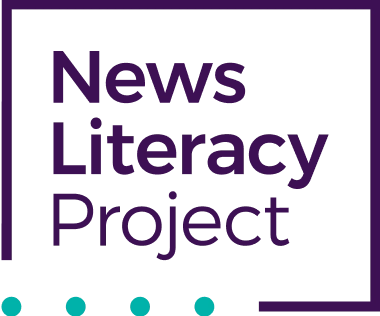How to know what to trust
Misinformation comes at us every day, across many platforms and through a variety of methods. It’s all part of an increasingly complex and fraught information landscape. But what exactly do we mean when we say misinformation?
We define it as information that is misleading, erroneous or false. While misinformation is sometimes created and shared intentionally, it is often created unintentionally or as humor — satire, for example — that others later mistake as a serious claim.
Misinformation can include content that is wholly fabricated, taken out of context or manipulated in some way. Purveyors of misinformation often seek to exploit our beliefs and values, stoke our fears and generate anger and outrage. For example, during the 2016 U.S. presidential campaign, foreign governments, as well as organizations and individuals abroad and within the United States, flooded social media with disinformation. This nefarious form of misinformation is designed to sow discord, often around political issues and campaigns.
Don’t throw up your hands
While we might feel overwhelmed by the volume, frequency and increasing sophistication of misinformation in all its forms — from deepfakes and doctored images to outright propaganda — we can push back and regain a sense of control. News literacy skills that are easy to adopt can help us become smart news consumers.
To begin, we have identified seven simple steps that help you know what to trust. These steps can apply to information you encounter in the moment and over time. As these behaviors become ingrained in your information consumption habits, you will deepen your expertise.
You will then become savvy enough to flag misinformation when you see it, warn others about misleading content and help protect them from being exploited. In this way, you become part of the solution to the misinformation problem.
So start right here, right now by exploring the seven simple steps to learn “how to know what to trust.”



